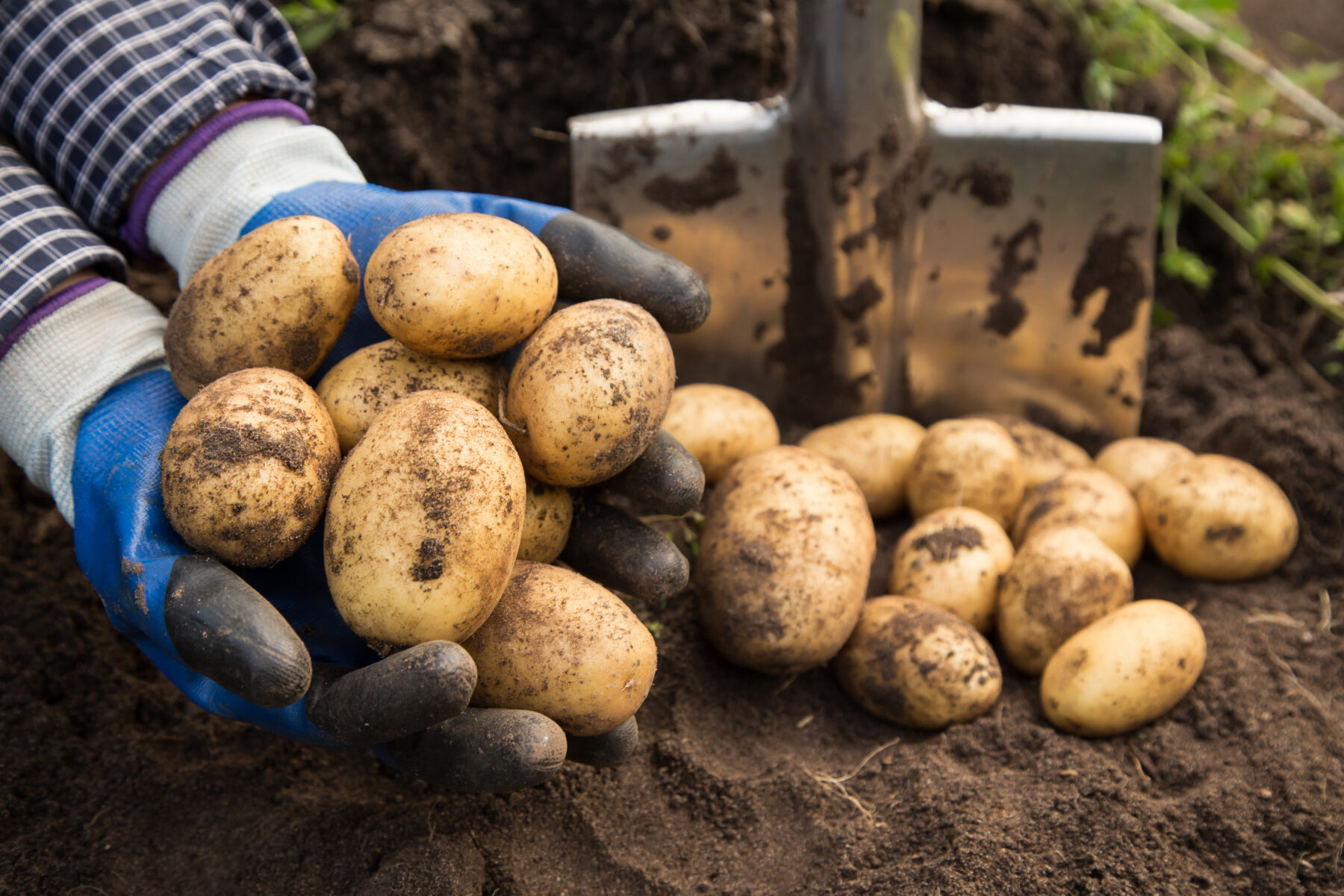Tom Torkelson understands the importance of caring for the land. He grows potatoes in the Red River Valley of North Dakota, a region of the state known for its fertile soil, but because of North Dakota’s harsh winters, crops can only be grown and harvested in the fall. This can leave the soil loose and vulnerable to erosion.
Tom’s farm has been in the Torkelson family since 1899 when Tom’s grandfather immigrated from Norway. The farm started growing potatoes in the 1920s, and sometime during that period, Tom’s dad and uncle took over operations, becoming the Torkelson Brothers. In 1978, Tom began running the farm himself. Today, the family farm is run by Tom with his wife, Deb, and his two grown sons, Andrew and Evan, who both earned degrees in agriculture before returning to the farm to help with the planning and day-to-day tasks.
Without proper attention to and respect for the land they farm, Tom’s family knows there’s no guarantee the soil will stay as rich as it is.
The Value of Cover Crops
To continue that investment, the Torkelson family has planted cover crops the last five years. Cover crops like clovers, annual ryegrass, Austrian winter peas, crown vetch, sudangrass, sorghum-sudan hybrids, rapeseed, mustards, and cowpeas all provide good cover and a dense root system. Cover crops can address soil erosion, water quality, nutrient management, forage and/or soil quality, depending on your objectives. Each fall, the Torkelsons plant turnips and radishes to help keep the soil in place through the hard winter months.
The Annual Crop Swap for Soil Health
Another best practice of soil management is to engage in a long crop rotation. If you only plant the same crop in the same soil year after year, the soil’s nutrients become depleted, forcing farmers to rely on artificial fertilizers, and if you continue to plant monoculture crops (like potatoes, corn, wheat, soy, etc.) in the same soil every year, soil borne pests have a greater opportunity to thrive, increasing a farmer’s reliance on pesticides and herbicides.
To combat the consequences of planting monoculture crops, Tom’s family plants potatoes on a four-year cycle. This breaks up pest and disease cycles and contributes to soil health. Different plants require different nutrients, so when you rotate crops on an annual basis, it gives the ground a chance to replenish those depleted nutrients.
Honey Helpers
When your business is agriculture, it might not seem like a natural leap from potatoes to perennials, but planting wildflowers on your farm can go a long way for soil health as well. The Torkelsons grow potatoes for Campbell’s Kettle Brand potato chips, and after the company’s encouragement, the farm began planting strips of wildflowers throughout their land.
Native wildflowers are designed to grow in that particular region, so they require far less maintenance to thrive. Local wildflowers are more pest and disease resistant and require less water and fertilizer. They’re also a fantastic host for the local bee population. North Dakota is a huge producer of honey—more than any other state in the United States. These patches of wildflowers serve as a habitat for all sorts of pollinators, insects, and wildlife, which contribute toward the health of the local ecosystem.
All of these measures that the Torkelsons are taking on their land ensure the farm and its surrounding landscape will remain fertile for generations to come.





 Copyright
2024
Root and Vine
Copyright
2024
Root and Vine